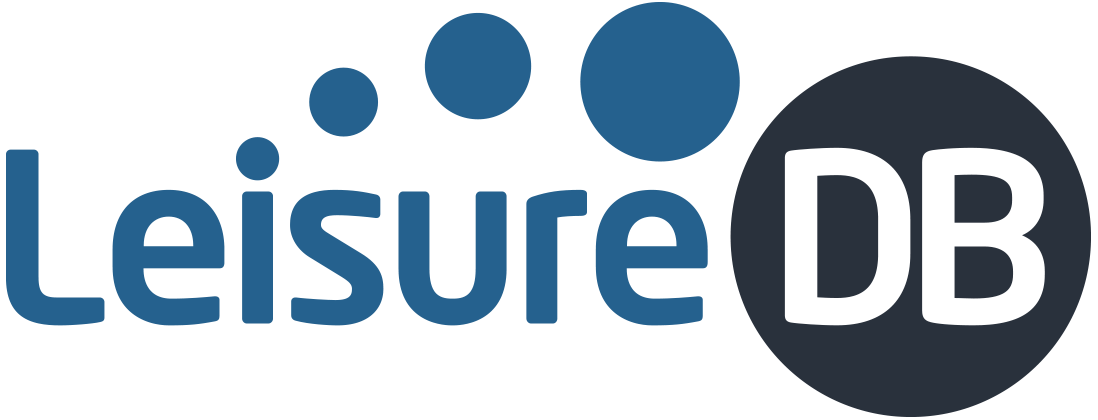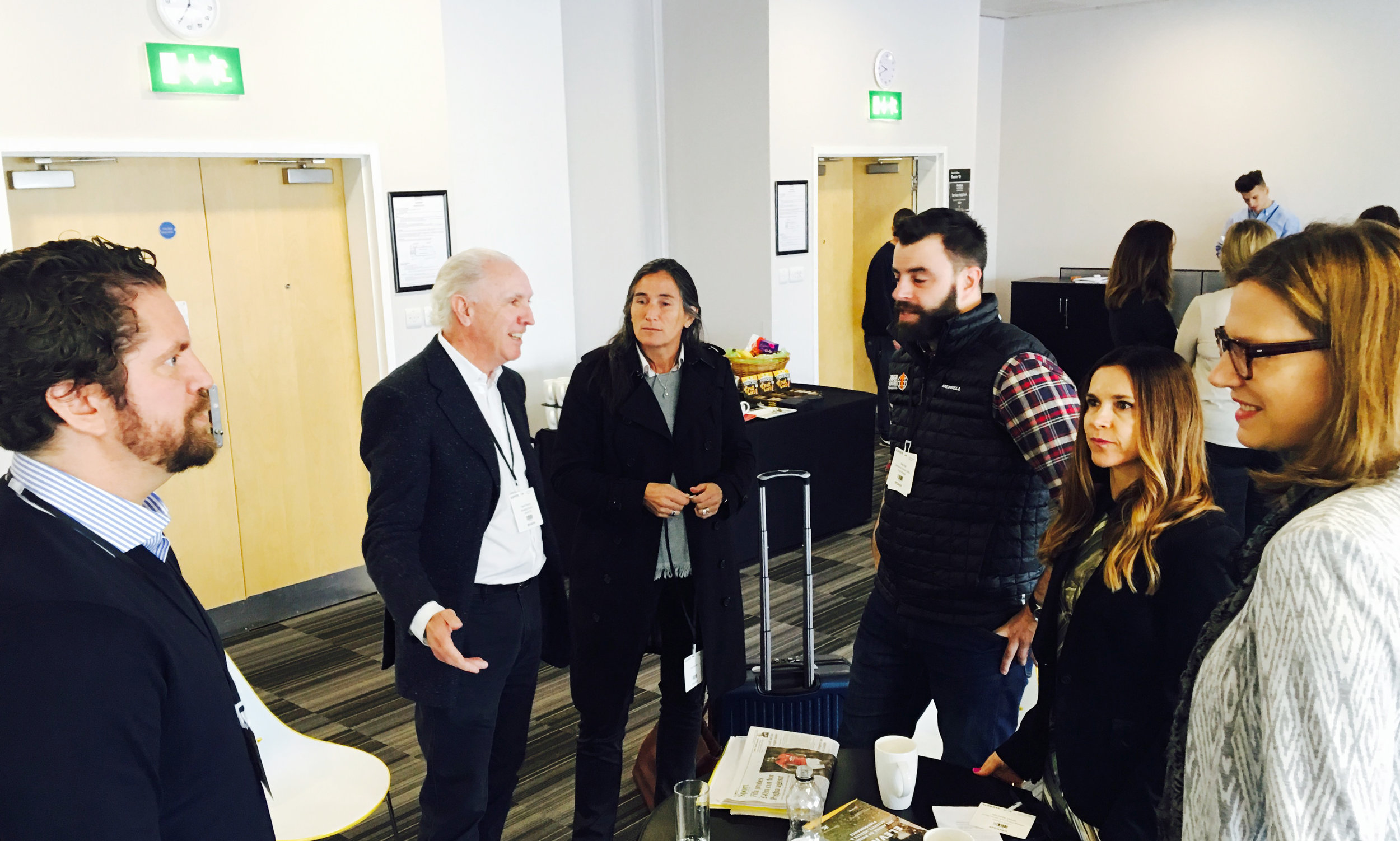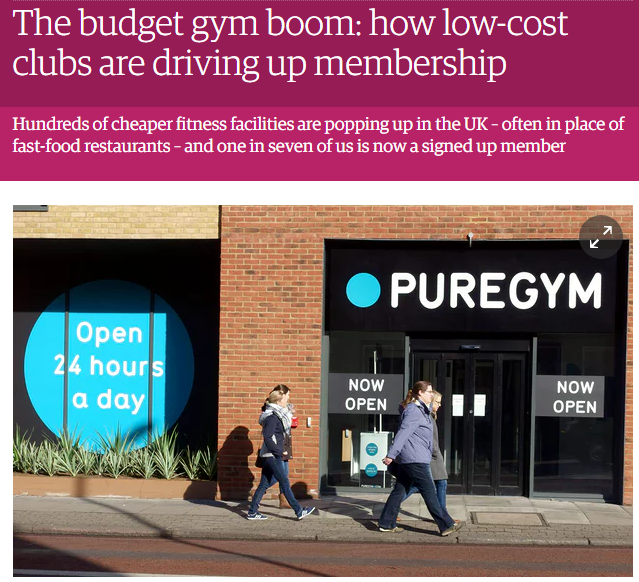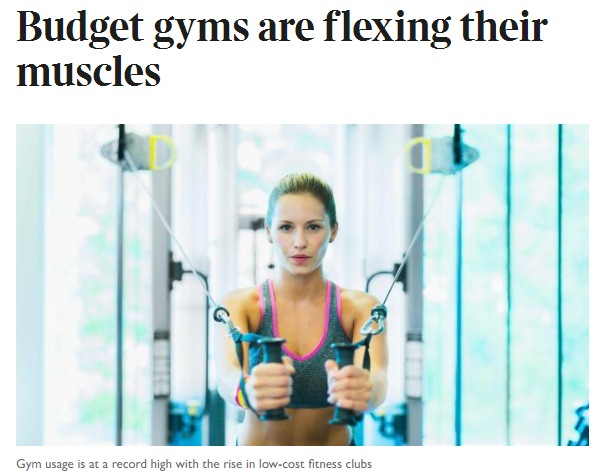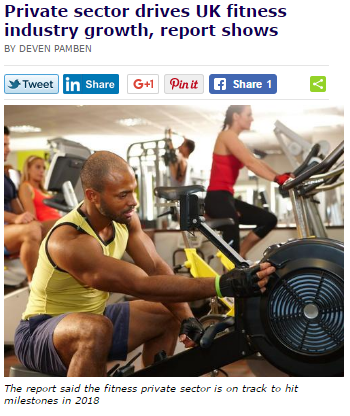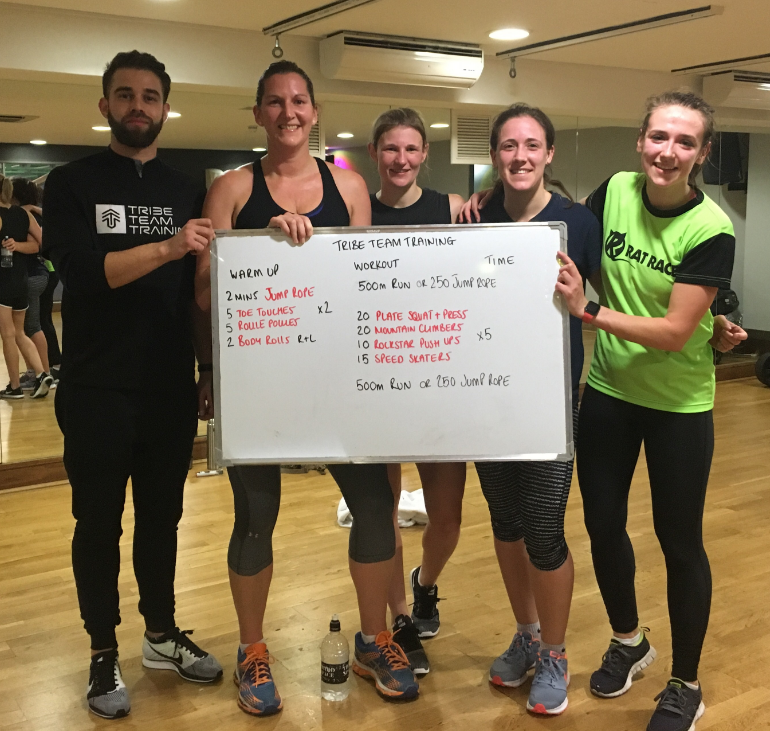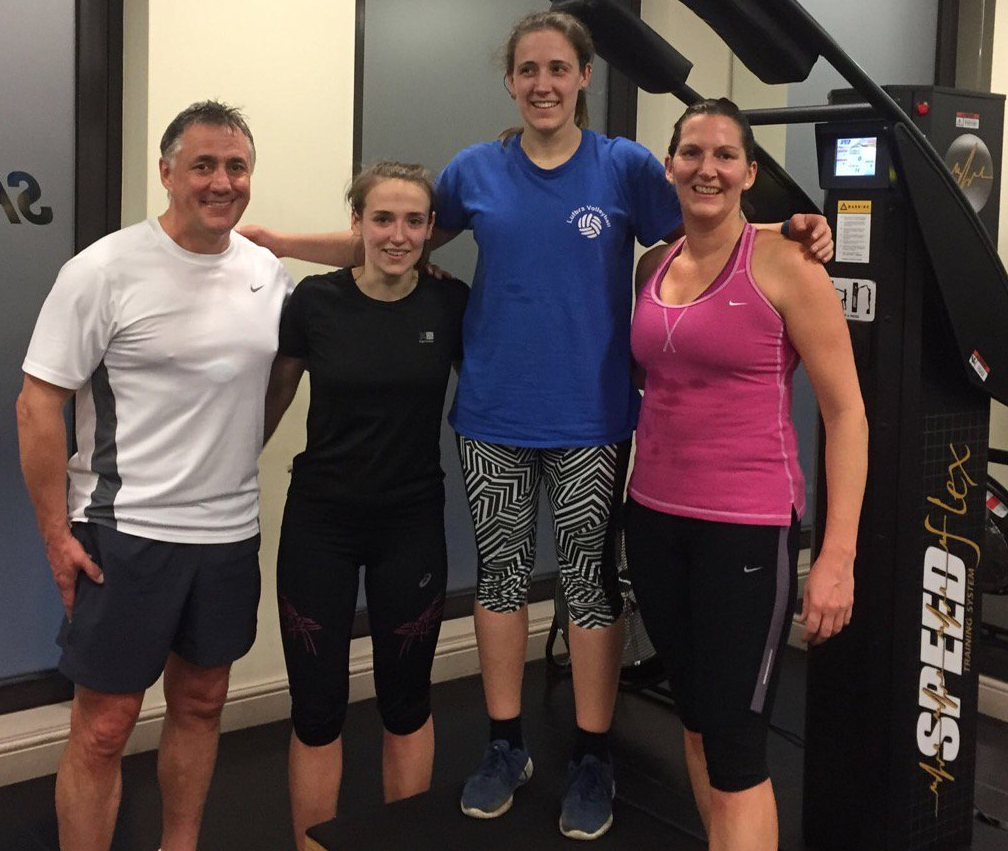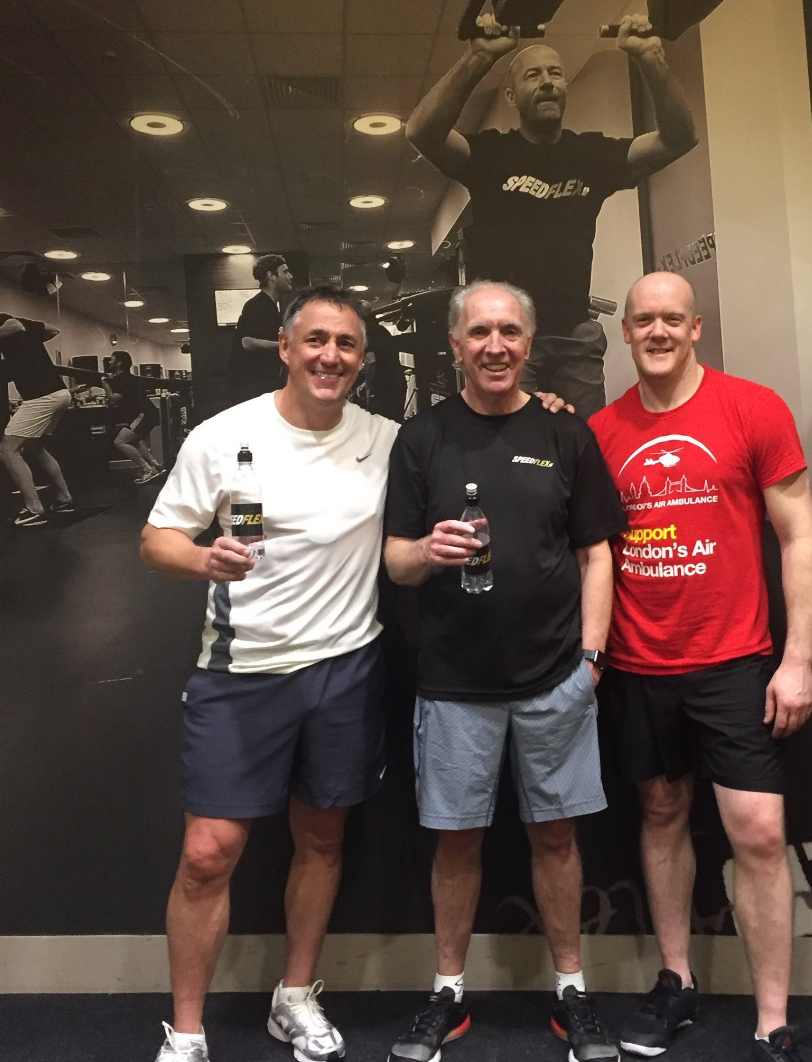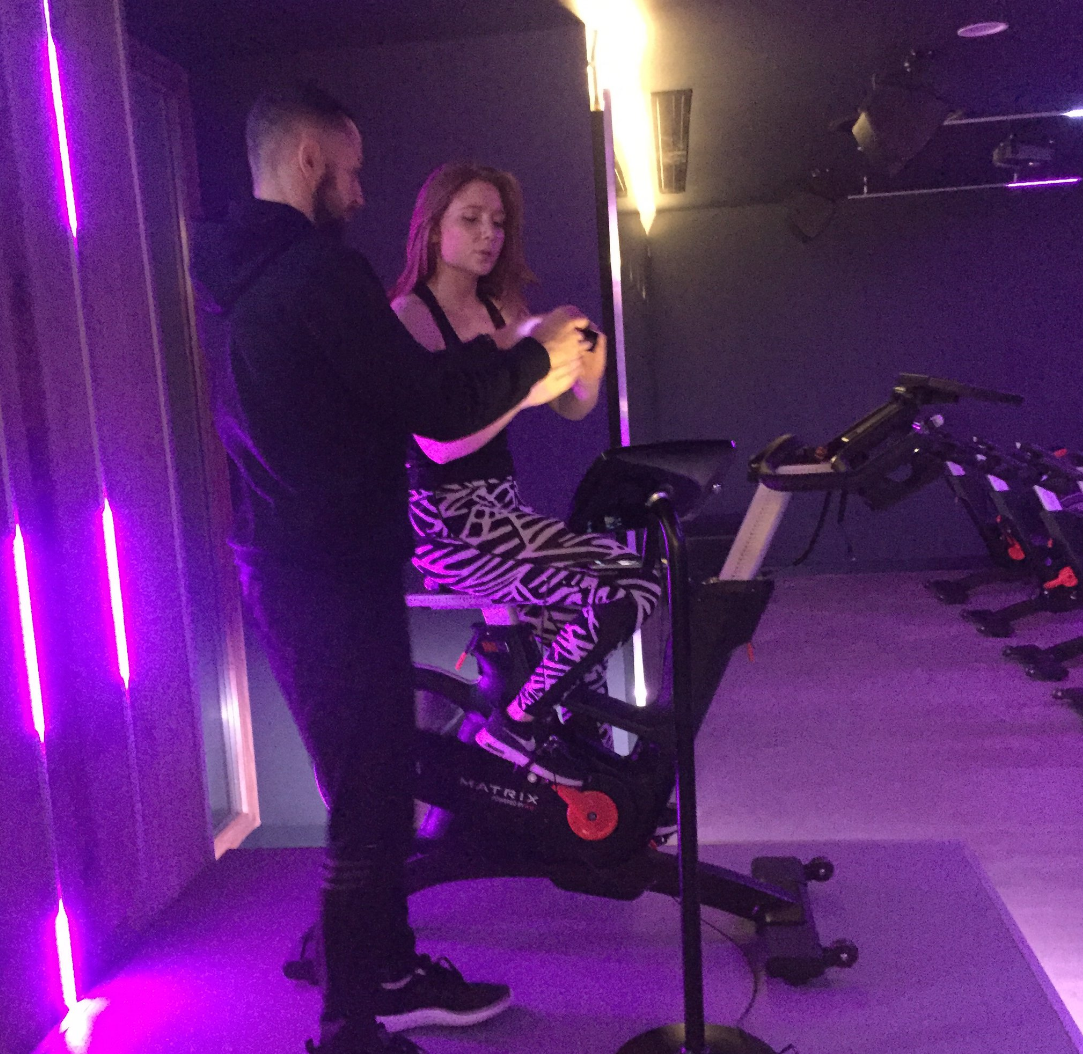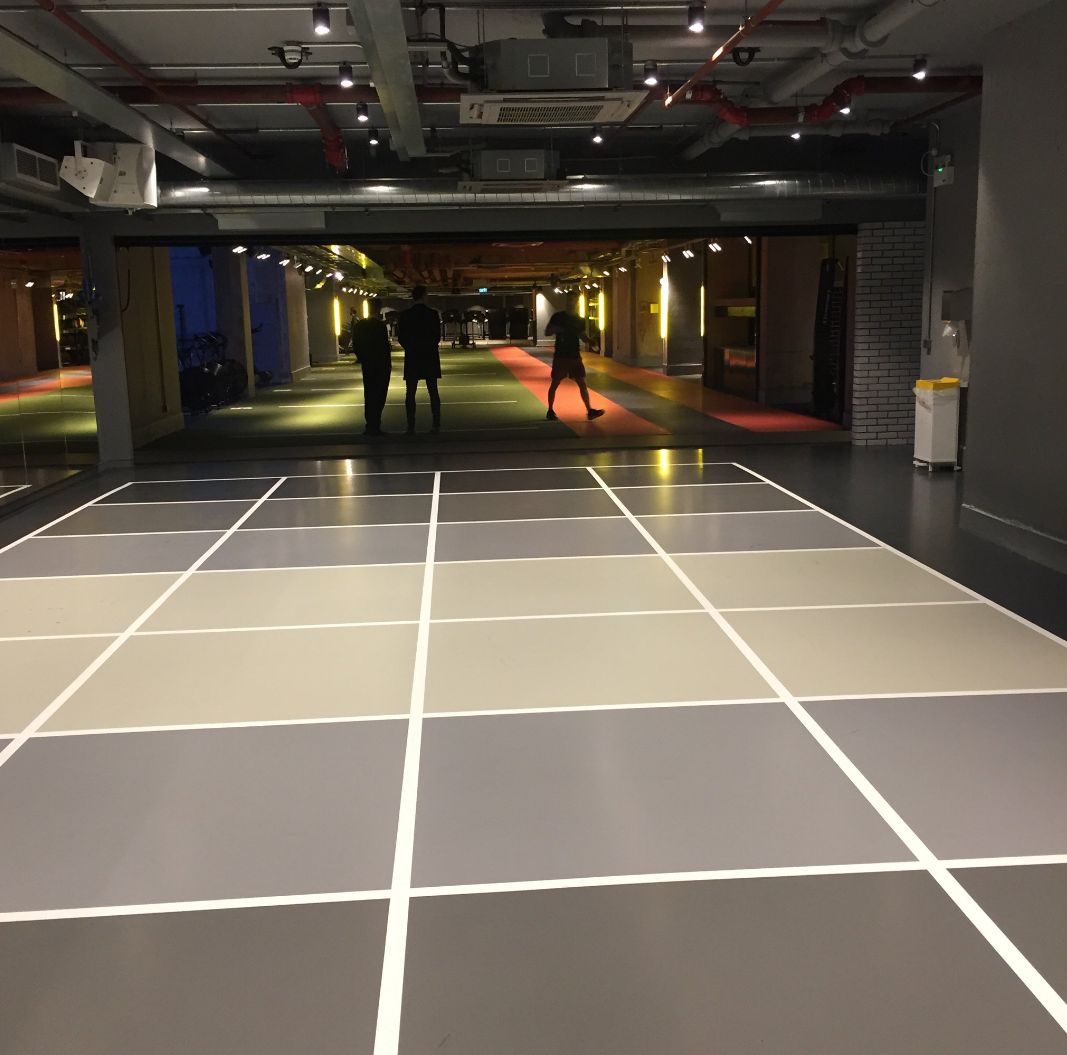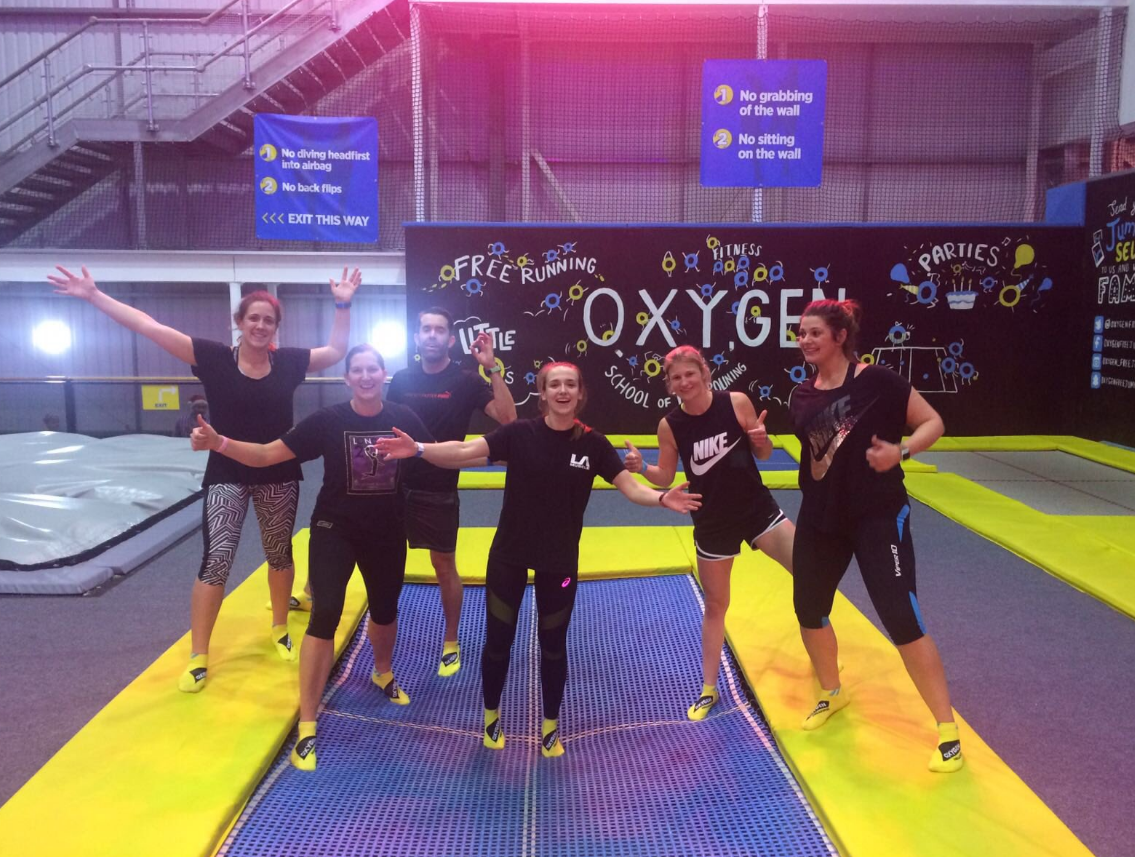William Shakespeare famously said: “We know what we are, but know not what we may be”. Eloquently spoken personal trainers often recite this quote as their opening line – and I could make the same observation when asked, time and time again: “How big can the fitness industry grow?”
Like all business, timing is everything and this year we have seen more innovation than ever before. This has continued to drive the growth in the industry for the fourth year in a row; as detailed in the State of the Fitness Industry Report 2016 published by The Leisure Database Company. Highlights from the last year, include, the joint public and private penetration rate rising from 13.7% to 14.3%, the total number of fitness sites growing from 6,312 to 6,435 and the number of members jumping from 8.8m to 9.2m, the first time the industry has over 9m members. All of these contributing to the overall market value climbing from £4.3bn to £4.4bn in 2016.
Although, the disruptive business models of the so called ‘low cost’ brands are primarily responsible for driving the growth, it is not having an adverse effect on the overall value of the industry. Many brands have found the strength of the market allows them to charge above the publicity grabbing low-cost teens. These low cost brands are now responsible for around one third of all private fitness memberships. Whilst, the average monthly membership price has firmed from £18.23 in 2015 to £18.77 in 2016, reflecting the strength in latent demand for fitness across these sites. These first movers, which benefit from scale and new innovative in-house systems, which enable hour to hour and day to day management of the business, has allowed this sector to grow to over 450 sites with around 2m members in a very short period of time. The low cost sector saw a huge 41% increase in the number of clubs in the last twelve months and the clubs now have an average membership of 4,118. Immediate data science and enterprise security software are key to further growth.
In the six months since the publication of the 2016 Report, some major changes have taken place which are worth mentioning. Although Pure Gym, who have already opened another 17 clubs, remain at the top of the fitness operator leader board by number of sites (169), there’s a new number two. Following a buying spree, which included mostly Virgin Active clubs, Nuffield Fitness and Wellbeing Gyms have jumped from 5th to 2nd place with 112 clubs. They have gained 35 clubs and over 120,000 new members. Both, The Gym and David Lloyd Leisure, are in joint 4th spot; both have 82 sites and similar membership numbers. The franchise sector is having its best year so far; Anytime Fitness have opened 22 new clubs, taking their total to 91, Energie Fitness and their low cost brand Fit4Less have jumped to seventh place with 76 clubs and Snap Fitness has added 6 clubs to take them to 14.
Moving onto the public sector, there are 2,735 fitness sites, that collectively have over 3.3m fitness members and an estimated similar number on pay as you go. 41% are now managed by a trust.
For the third year running, the top three public operators by number of gyms remain with GLL, SLM and PfP. Freedom Leisure and Fusion are the only operators to move up the top 10 rankings in the last year, Fusion jumped to 4th and Freedom to 6th position.
For only the second time in 6 years, the number of closures across the public sector this year were higher than the number of openings. With 49 new gyms opening and 65 closing there was a net loss of 16 fitness sites. However, these sites were characterised as smaller gyms (24% less than the average), with fewer members, (27% less than average) and fewer facilities. So without investment they were never realistically going to compete.
In the past six months, we have also experienced the Pokemon Go fever, which overnight eclipsed social media platforms. The game achieved a higher number of daily users and longer time periods spent in the app than on WhatsApp, Instagram, Snapchat and Twitter. Whilst I’m sure it didn’t set out to make more people more active, in just a few weeks it did. Well it was fun while it lasted and the latest data shows the craze is waning, but there are lessons for the fitness industry, people will take part in more activity if it’s fun, engaging and different, rather than dreary and repetitive. Time to think outside the box!
It’s a fast changing world and social media remains a difficult area for fitness brands to achieve both followers and then quality engagement. Amongst the top 20 private brands, Facebook is the most popular platform, with the number of ‘likes’ at just over 1m. Twitter is in second place with just over 275,000 followers across the top brands. The highly engaging Instagram has only 68,000 followers and still only half of the top twenty brands have a presence, shame on you. Checkout who’s doing well with some great screen shot examples in the Social Media Fitness Index Q3 Report.
It’s no coincidence, that the top four active wear brands, Nike+ Running, Under Armour Record, Adidas Train & Run, and Puma’s Pumatrac are all building fitness communities through activity tracking. Fitness industry brands could grow as quickly if they took advantage of the opportunities to connect with their consumers through repeat check-ins for classes, challenges, guest passes and push notifications. One day, my personalised push notification will come.
David Minton - Health Club Management Handbook 2017, page 72.
